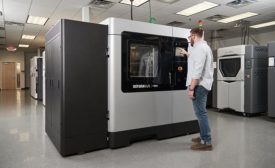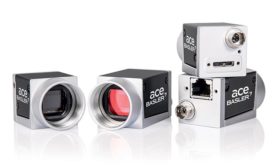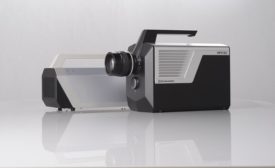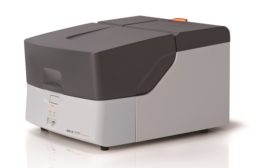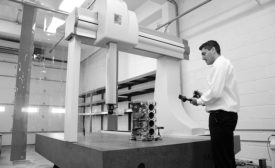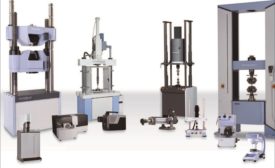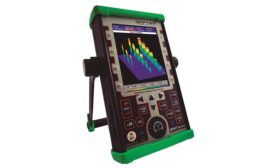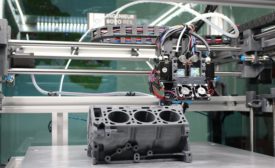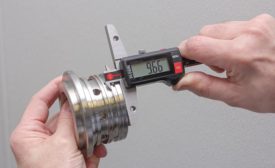Articles by Edward McMenamin
Data collection and quality elevate additive manufacturing to the factory floor.
Read More
Back to Basics: Testing Medical Equipment and Materials
Defects in medical devices and materials have life-or-death consequences.
December 3, 2018
The Role of Cameras in the World of Tomorrow
An industry expert discusses the present and future of machine vision cameras.
December 1, 2018
Back to Basics: Inspection Using High-Speed Video Cameras
High-speed video cameras capture what the human eye could never see.
November 2, 2018
Back to Basics: Detecting Heavy Metals Using X-Ray Fluorescence
Beginner tips to understand the role XRF plays in restricting hazardous materials.
October 2, 2018
Choosing the Right 3D Scanner
A quality engineer describes how he picks the right tool for the job.
October 1, 2018
Back to Basics: Impact Testing
Beginner tips to understand impact test methods and standards.
September 4, 2018
Where to Start with Ultrasonic Thickness Gaging
There are a wealth of resources for understanding the basics and newest advances in ultrasound.
August 15, 2018
Additive Manufacturing Standards Aim to Keep Pace with Technology
ASTM launches Additive Manufacturing Center of Excellence with industry partners.
August 1, 2018
Depth Gaging from Top to Bottom
A wide variety of depth gages are available for any application.
July 8, 2018
Get our new eMagazine delivered to your inbox every month.
Stay in the know with Quality’s comprehensive coverage of the manufacturing and metrology industries.
SIGN UP TODAY!Copyright ©2024. All Rights Reserved BNP Media.
Design, CMS, Hosting & Web Development :: ePublishing
